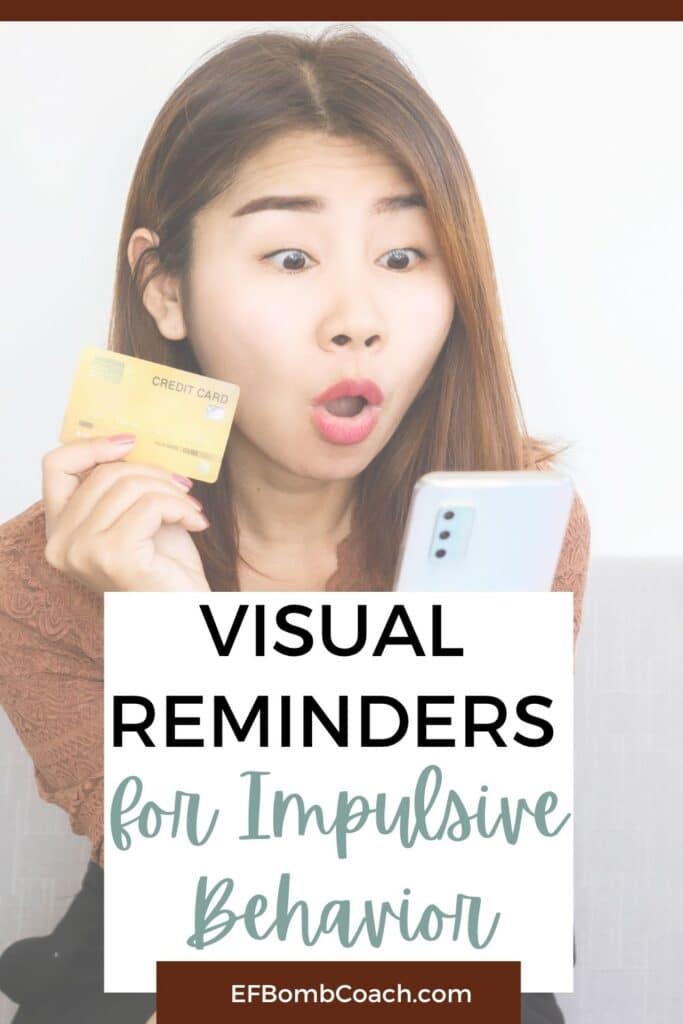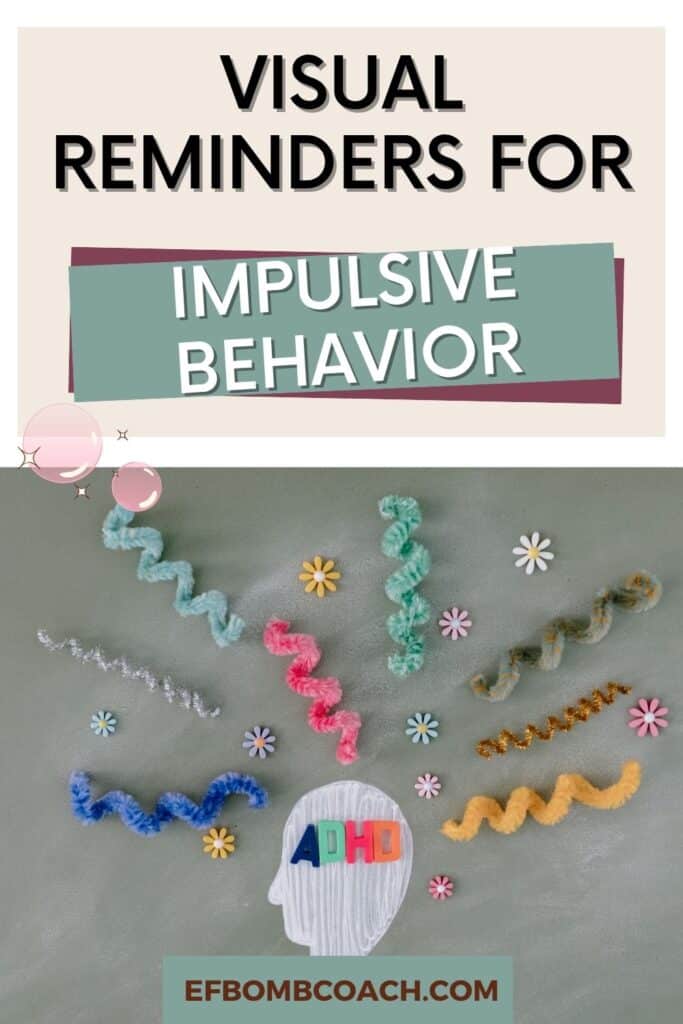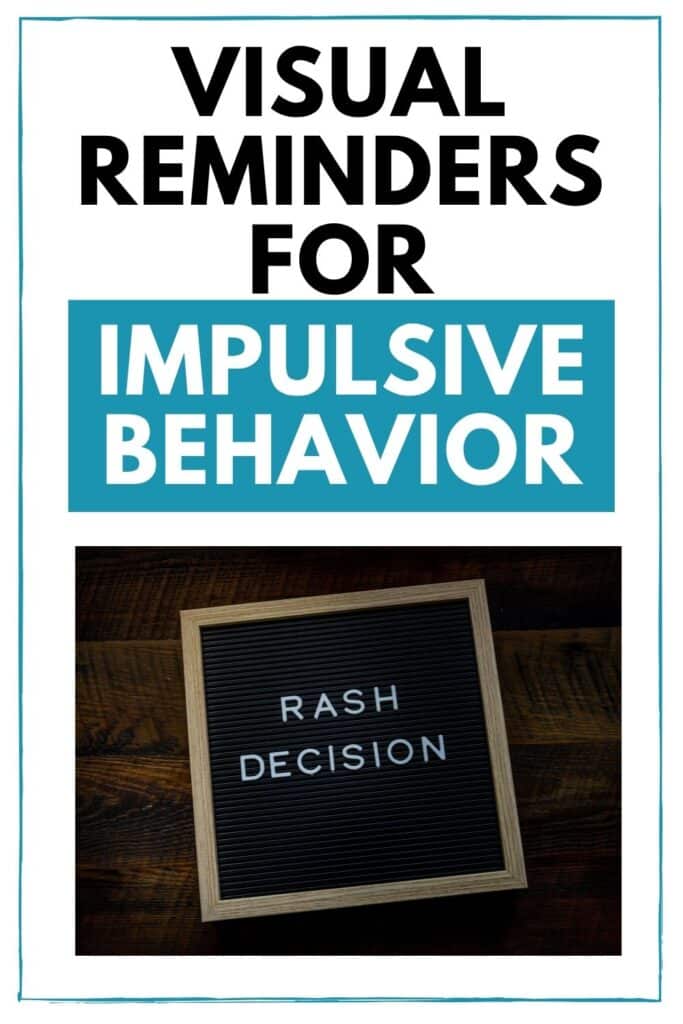Visual Reminders for Impulsive Behavior
Have you ever noticed how your brain races ahead, tugging you into decisions before you even know what happened? For many neurodivergent women, impulsive choices can sneak into everyday life—grabbing snacks you didn’t plan to eat, skipping tasks you meant to finish, or blurting out thoughts when you wish you’d paused. It’s not about a lack of discipline; it’s about how your brain works.
Prefer to listen rather than read? Press play below.
You don’t have to chalk it up to “that’s just how I am.” Visual reminders can step in here, offering little nudges that slow things down and help you act with more intention.
Simple sticky notes, color-coded calendars, or bold symbols around your space can all work as steady cues. Finding the right visual reminder is a personal process, but it’s worth testing out because small tweaks can make daily life smoother.
If impulse is your brain’s loud neighbor, think of visual reminders as gentle, steady traffic lights—always there to guide you safely through the rush. There’s no magic fix, but these little tools can make a world of difference, one moment and one choice at a time.
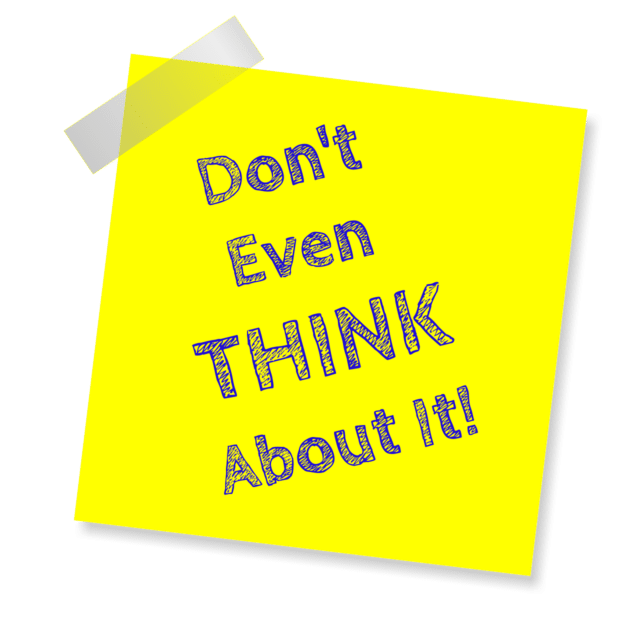
How Visual Reminders Work to Curb Impulsivity
Sometimes your mind jumps ahead of your intentions. Suddenly, you’re checking your phone, grabbing a snack, or switching tasks without realizing you’ve drifted from your goal.
Visual reminders don’t just fill your space—they interrupt these patterns right when you need it most. They can become practical checkpoints that help you pump the brakes and choose with a bit more intention.
The Role of Visual Cues in Behavior Change
Your brain loves routines—even the ones you wish you could change. When you act impulsively, it’s often because your usual path takes over before your thoughtful side catches up.
Visual cues step in as disruptors. They catch your eye, snap you out of autopilot, and give your mind a split second to reconsider what happens next.
Think of a sticky note on your fridge that says, “Do you really want this?” or a bright red band on your wrist that says, “Pause.” These signals:
- Interrupt habits: The cue appears right before your go-to action.
- Set a new track: Instead of repeating an old pattern, your brain pauses and gets a shot at picking something different.
- Reward new choices: Over time, catching yourself and acting with intention actually feels good. It creates a feedback loop your brain can build on.
Research has shown that visual prompts can retrain your brain and help form lasting habits by making you pay attention in the moment. Whether it’s a post-it, calendar mark, or object out of place, a cue can help link a new behavior to a familiar setting.
Why Visual Reminders Are Especially Effective for Neurodivergent Women
Visual reminders are especially powerful for neurodivergent women. If you have ADHD, autism, or a similar trait, your brain is often juggling more distractions, sensory input, and emotional swings.
You might find that other systems—like planners buried in drawers or reminders lost in your notification pile—just don’t cut through the static.
Here’s why visuals stand out:
- Immediate feedback: A visual cue is in your line of sight, not buried in your phone or lost behind other apps. It’s always “louder” than mental reminders.
- Less reliance on memory: Neurodivergent brains are busy. Visual cues reduce the mental load, so you’re not juggling as much in your head.
- Supports routines and transitions: Shifting gears is tough for many neurodivergent women. Visuals make transitions smoother by signaling what’s next, without requiring you to read or process complex cues.
- Personalized and flexible: Visual reminders can be tailored to your unique routines and needs—anything from color-coded sticky notes to visual habit trackers on your wall.
Many neurodivergent women report that simple visuals work better than complicated tech or written reminders.
The bottom line: Visual reminders are practical because they’re always in your way— exactly where you need them. They help sidestep memory lapses, scattered focus, and habitual impulsivity.

Want to learn more about executive functioning? Take my FREE course.
Types of Visual Reminders for Managing Impulsive Behavior
There are a lot of ways you can use visual reminders to catch impulsive moments before they turn into actions you wish you’d skipped.
The trick is to use reminders that fit your habits and surroundings—like a sticky note in your line of sight, color-coded cues on your desk, or a lock screen on your phone that reminds you to pause.
Each type can offer a nudge that slows things down, helping you choose what feels right for you instead of what’s easiest in the moment.
Sticky Notes, Signs, and Written Prompts
Sticky notes are a simple classic for a reason. You slap one on your bathroom mirror, fridge, or laptop and it greets you just when you need it.
Don’t just stick with the same note forever—after a while, your brain starts to tune them out. Rotate colors, change messages, and move notes around so they don’t blend into the background.
Try these tips to keep your notes useful:
- Use large, bold handwriting or print if that helps you see it fast.
- Change locations often. A note by the snack cabinet gets stale; moving it to a drawer or pantry door can catch your eye when you least expect it.
- Rotate messages to match what’s tripping you up right now.
Signs and larger written prompts can work in any spot where you make quick decisions. You can create a small sign for your entryway if leaving the house usually gets scattered, or for your closet if impulsive shopping is a habit.
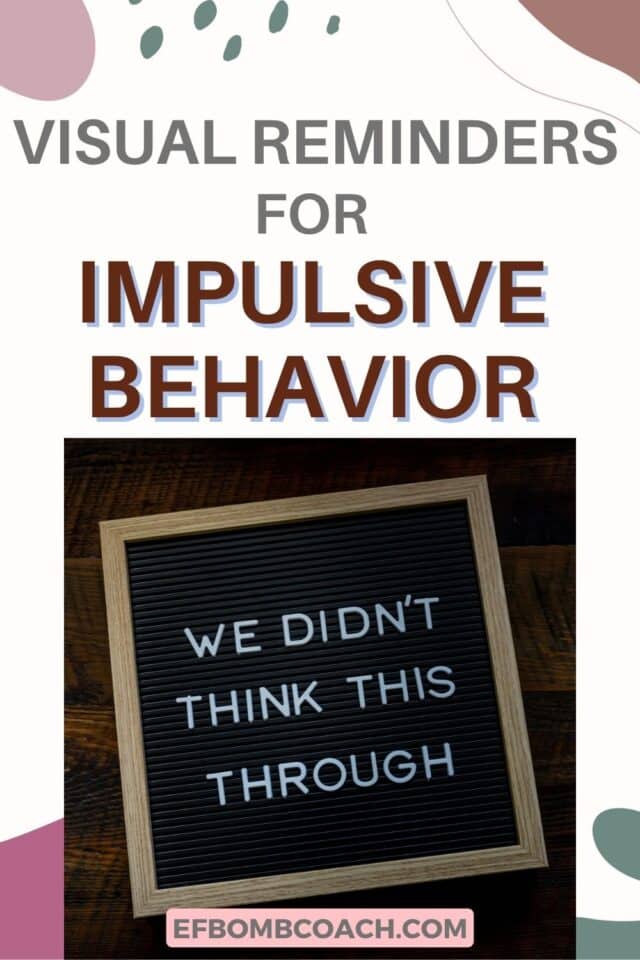
Color Coding, Symbols, and Visual Icons
Color and shape are powerful. Your brain notices a bright red flash way faster than a plain note.
Color coding and symbols can turn regular spaces or items into quick alerts, especially for routine triggers like food or screens.
Some practical ways to use color coding and symbols:
- Colored stickers on snacks, remote controls, or containers as “stoplights.”
- Visual icons (like a stop sign or question mark) taped to doors, fridge, or your desk as a mental cue to slow down.
- Notebooks or planners with sections highlighted or tabbed in specific colors for self-care, tasks, or rewards.
If you respond more to visuals than words, try switching from written cues to icons or even small objects (like a stone or toy) placed where impulsive moments happen. Mixing up your cues keeps things fresh and surprising—a key for impulsive brains.
Digital Visual Reminders
If you live with your phone almost glued to your side, why not let it work for you? Digital reminders are easy to update, and you can set them up for specific times or places.
The most basic option: make your lock screen a meaningful message or inspiring image. Next, take advantage of widgets and reminder apps that let you display text or photos right on your home screen.
Here are ways to make digital reminders your ally:
- Create lock screen wallpapers with gentle cues like, “Check in: Is this what you need?”
- Set up daily calendar notifications or alarms that pop up with personalized prompts.
- Use habit tracking or timer widgets that remind you to pause, reflect, or switch tasks.
Some apps go beyond basic reminders by offering visual timers, color feedback, and structured cues made for neurodivergent needs.
Visual reminders don’t need to be complicated. Even a bright color or single word on your phone background can work wonders.
Mix and match digital and physical cues for the most impact. The more ways you can keep reminders in your field of view and top of mind, the easier it will be to pause, reflect, and protect your energy and goals.

Did you know I have a membership for women who want to improve their executive function skills? Check it out here.
You don’t have to change everything overnight, and nobody’s expecting perfection. The power of visual reminders is in those small moments when you pause, check in, or nudge yourself toward a choice that feels better.
Try different reminders, shift them around, and pay attention to which ones actually help.
Change can feel slow, and some days you may not see it. But each prompt, note, or symbol is a reminder that you care about yourself and your goals.
Notice those tiny wins—pausing before reaching for your phone, waiting a beat before speaking, or choosing what you really need. Every small victory is proof that you’re steering your own day a little more.
